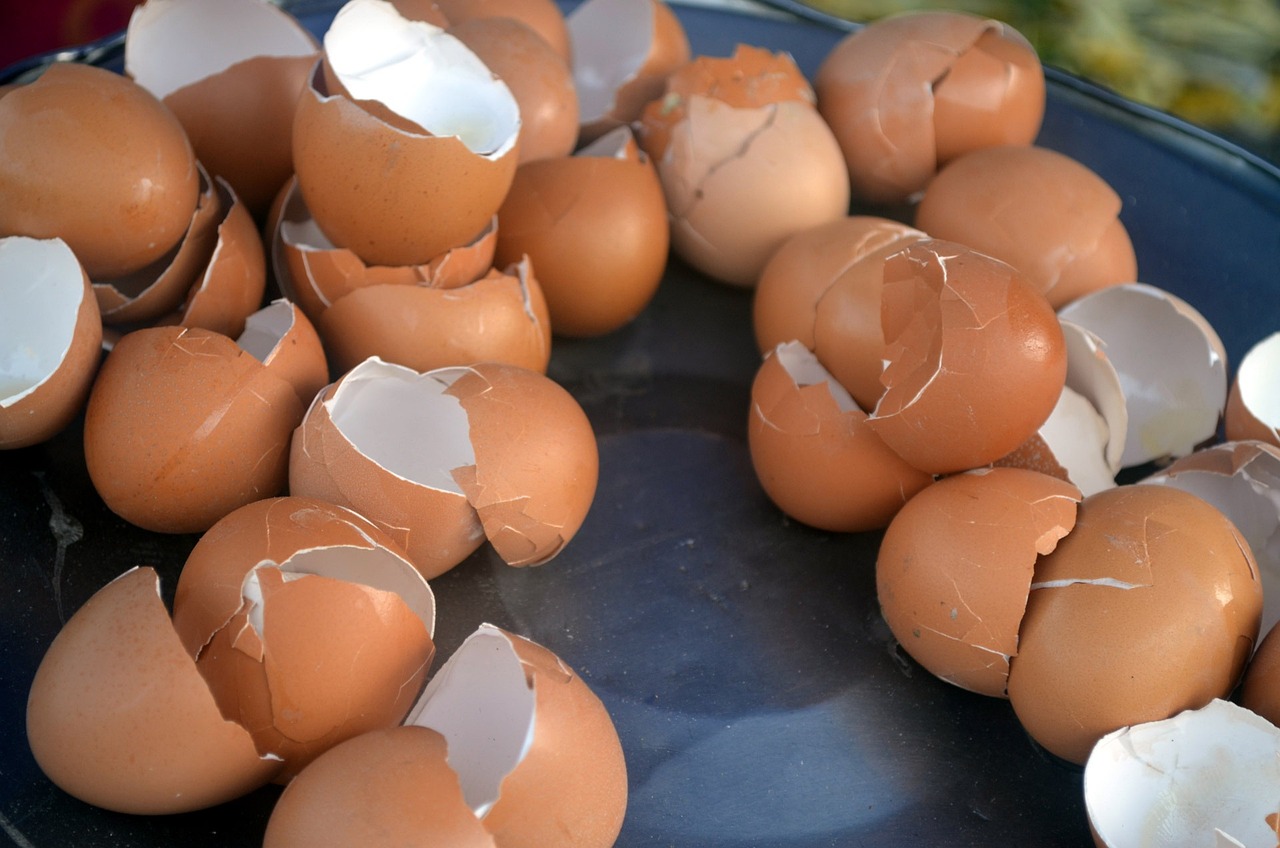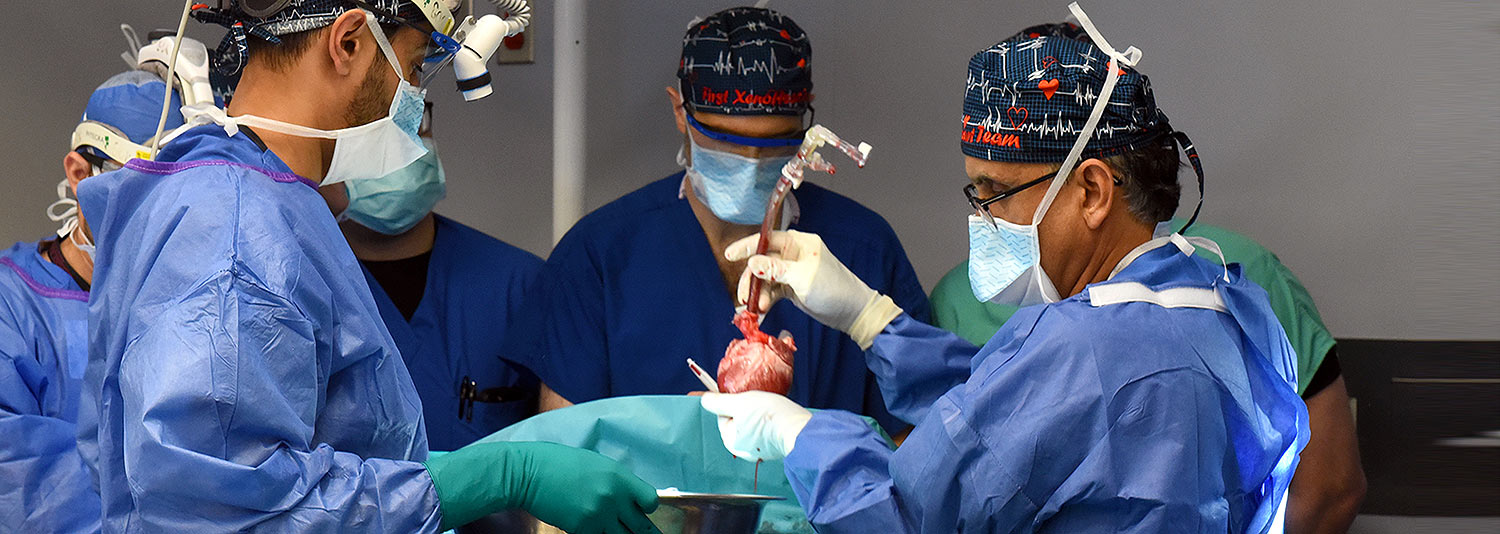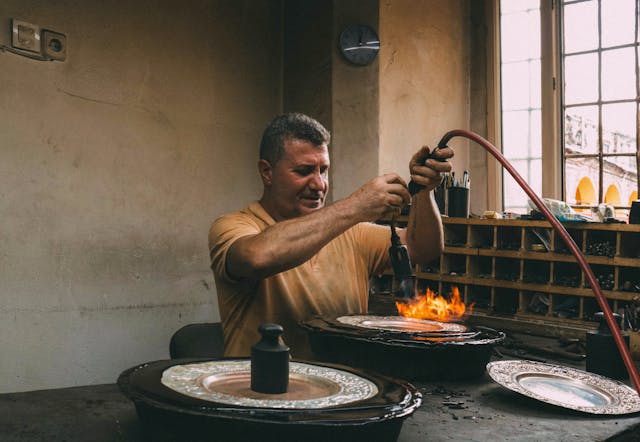Injuries to the anterior cruciate ligament (ACL) are quite common among athletes, especially those who participate in high-impact sports like soccer, basketball, and football.
ACL surgery, while standard, faces challenges ensuring graft integration with hard bone due to material differences, slow healing, and fixation limitations, often resulting in graft failure and subsequent surgeries.
Eggshell Membrane Insights for Advanced Tissue Engineering
McGill University researchers have discovered valuable insights from chicken eggshell membranes that could revolutionize reconstructive surgeries by integrating soft and hard materials more effectively.
Using advanced 3D imaging techniques, including X-ray and electron microscopes, along with cryo-preservation methods, the researchers uncovered how the hard shell of a bird egg securely binds to the soft inner membrane. This breakthrough allowed the team to visualize and measure the interlocking phenomenon in three dimensions.
Nature’s Blueprint: Eggshell Membrane Enhances Strength and Stability
Bird eggshells are remarkable structures, forming in just 20 hours from organic fibers into a highly organized and calcified shell. While the shell provides protection, it’s connected to a wet, fibrous membrane inside the egg, which adds to its strength.
Researchers discovered that during egg development, the shell releases mineral nanospikes into the soft membrane. These nanospikes significantly increase the surface area of the interface between the materials, anchoring the soft to the hard and preventing slippage. This method preserves the membrane’s integrity, crucial for the developing embryo’s survival, as detachment could be lethal or weaken the shell, allowing pathogens to enter.
Researchers hope to use this information to improve surgical reconstructive procedures that require the attachment of soft, wet fibers to hard materials.







